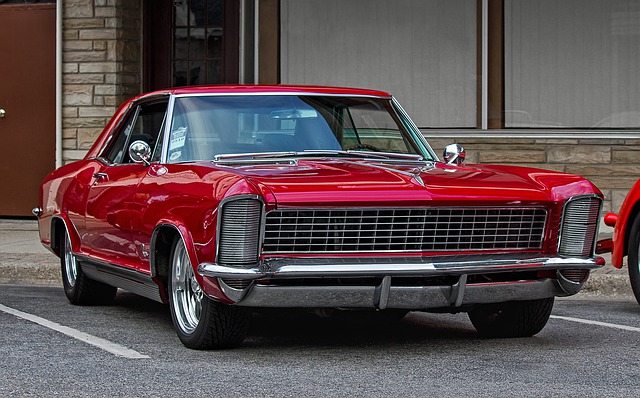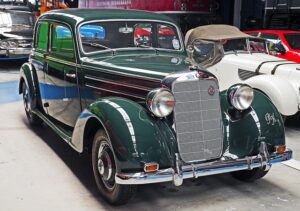Introduction
The terms “crossover” and “SUV” are often used interchangeably in the automotive industry, leading to confusion among consumers. While both vehicles offer similar features and capabilities, there are distinct differences that set them apart. In this article, we will explore the characteristics of crossovers and SUVs, helping you understand what each term means and how they differ from one another.
What is a Crossover?
A crossover, short for “crossover utility vehicle” or CUV, is a vehicle built on a car platform with SUV-like features. Crossovers typically offer a higher driving position, increased ground clearance, and a spacious interior. They are designed to provide a comfortable and versatile driving experience, blending the best aspects of a car and an SUV.
One of the key characteristics of crossovers is their unibody construction. Unlike traditional SUVs, which are built on a truck chassis, crossovers use a unibody platform similar to that of a car. This construction method makes crossovers lighter, more fuel-efficient, and easier to handle on the road.
Crossovers also tend to have a more car-like driving experience. They offer smoother rides, better handling, and improved fuel efficiency compared to traditional SUVs. Additionally, crossovers often come with front-wheel drive as standard, with all-wheel drive available as an option for improved traction and stability.
What is an SUV?
SUV stands for “sport utility vehicle.” Unlike crossovers, SUVs are typically built on a truck chassis, known as a body-on-frame construction. This design provides SUVs with a more rugged and capable off-road performance, making them suitable for towing and tackling challenging terrains.
SUVs are known for their larger size and more spacious interiors compared to crossovers. They often have three rows of seating, allowing for more passengers and cargo capacity. SUVs also offer a higher ground clearance and a more commanding driving position, giving drivers a better view of the road.
While SUVs traditionally come with four-wheel drive or all-wheel drive, many modern SUV models also offer two-wheel drive options for improved fuel efficiency. However, even with two-wheel drive, SUVs still maintain their off-road capabilities and towing capacities.
Differences Between Crossovers and SUVs
The main differences between crossovers and SUVs can be summarized as follows:
Construction: Crossovers have a unibody construction, while SUVs have a body-on-frame construction.
Driving Experience: Crossovers offer a more car-like driving experience, with better fuel efficiency and handling. SUVs provide a more rugged and capable off-road performance.
Size and Seating Capacity: SUVs are generally larger than crossovers, offering more seating capacity and cargo space.
Off-Road Capabilities: SUVs are designed for off-road adventures and towing, while crossovers are better suited for urban and suburban driving.
Fuel Efficiency: Crossovers are typically more fuel-efficient than SUVs due to their lighter weight and car-like construction.
Conclusion
In summary, crossovers and SUVs share similarities in terms of their high driving position, increased ground clearance, and spacious interiors. However, the key differences lie in their construction, driving experience, size, off-road capabilities, and fuel efficiency. Crossovers offer a more car-like driving experience with better fuel efficiency, while SUVs provide a more rugged and capable performance. Understanding these distinctions will help you make an informed decision when choosing between a crossover and an SUV.
References
– Car and Driver: www.caranddriver.com
– Edmunds: www.edmunds.com
– Kelley Blue Book: www.kbb.com












